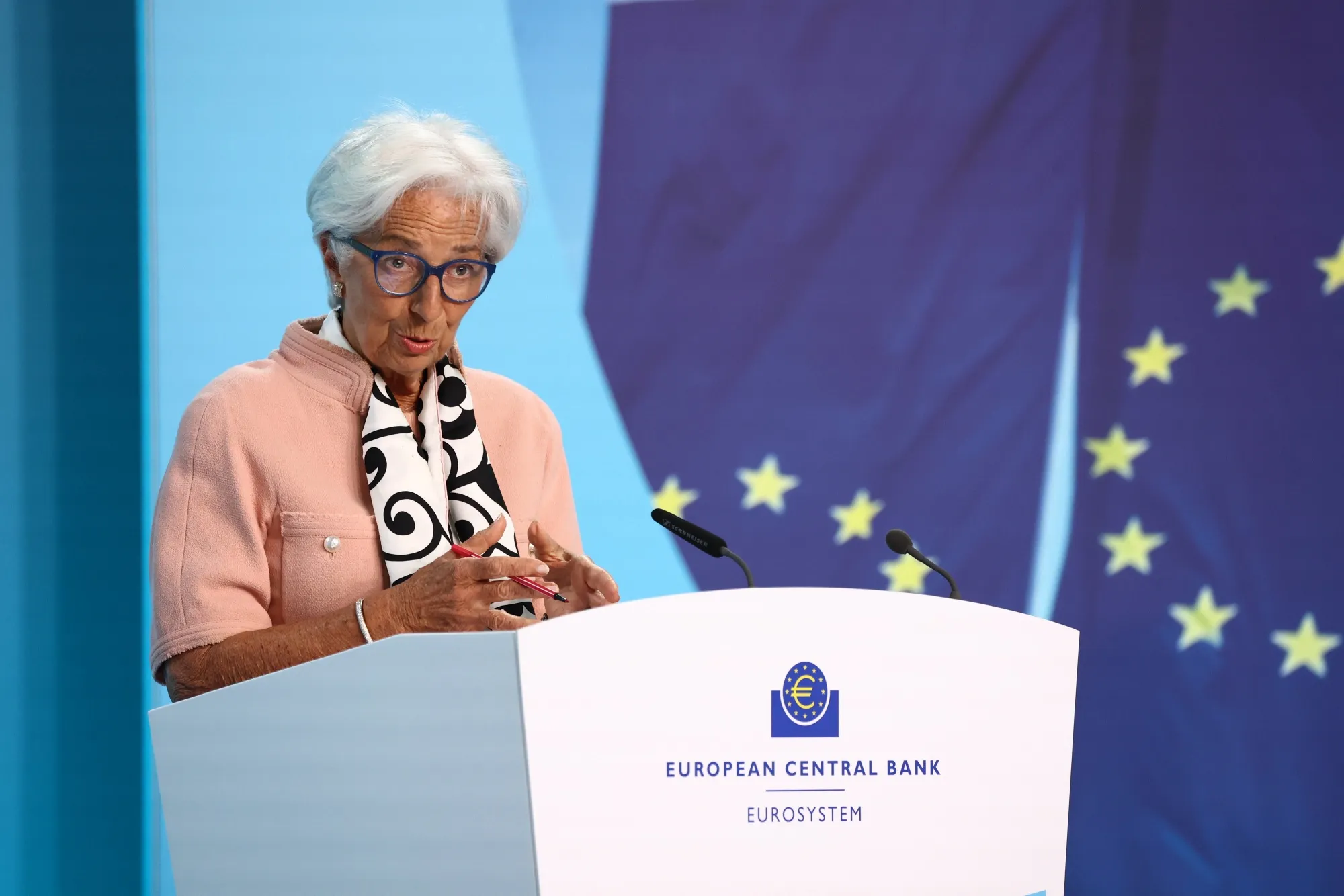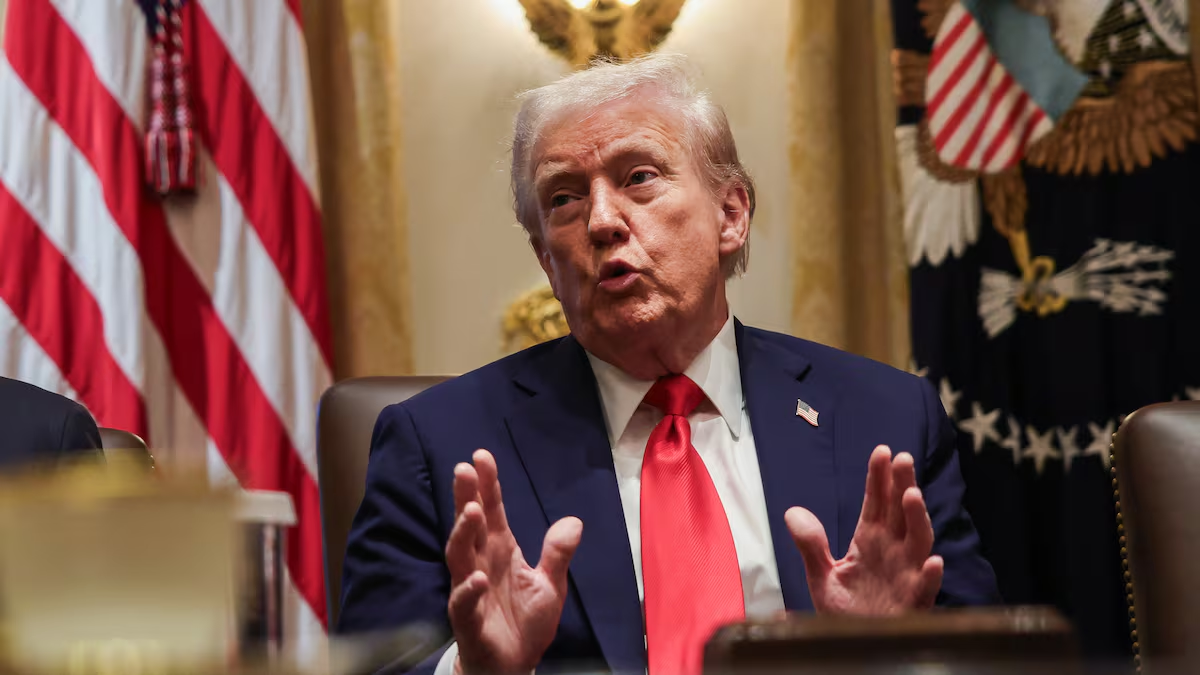ECB Cuts Interest Rate to 2% as Economic Uncertainty Grows
The European Central Bank (ECB) has reduced its benchmark interest rate to 2%, marking the eighth rate cut in just over a year. The move comes amid ongoing trade tensions triggered by former President Donald Trump’s escalating tariffs on European goods.
The ECB’s decision, announced Thursday, lowers the main rate from 2.25% and is aimed at stimulating an economy that has remained weak even before new U.S. trade policies added pressure. The eurozone economy continues to face challenges, with business investment and exports showing signs of vulnerability.
Trump Doubles Steel Tariffs as EU Prepares to Retaliate
Tensions heightened this week as Trump doubled tariffs on European steel and aluminum imports, raising them from 25% to 50%. Although a 10% tariff on other EU goods remains in place, Trump has temporarily paused additional tariffs until July 9 to allow for further negotiations.
In response, the European Union has drafted a list of counter-tariffs on $21 billion (€21bn) worth of U.S. goods, signaling a potential trade war escalation. The ECB cautioned that these uncertainties are already weighing on short-term economic momentum, despite unexpectedly strong 0.3% growth in the first quarter of the year.
Inflation Drops, But Longer-Term Outlook Holds Steady
Inflation in the eurozone dropped to 1.9% in April, falling below the ECB’s long-term target of 2%. However, projections show that inflation is expected to remain around target levels between 2025 and 2027.
ECB President Christine Lagarde said rising wages and a stable labor market would help boost household spending. She noted that consumer resilience could help offset global economic shocks. At the same time, Lagarde acknowledged that “persistent uncertainty”, especially related to global trade, continues to cloud the economic forecast.
Defence and Infrastructure Spending Offer Hope for Recovery
Medium-term projections are more optimistic, with increased European spending on defense and infrastructure expected to support growth. NATO has urged its member nations to boost military budgets in light of Russia’s continuing aggression in Ukraine. This increase in public investment could provide a cushion against external economic shocks.
Trump Praises ECB, Pressures Fed Over Interest Rates
Trump has publicly praised the ECB’s swift actions while continuing to pressure the U.S. Federal Reserve and its chair Jerome Powell. On Wednesday, Trump criticized Powell in a social media post, stating: “ADP NUMBER OUT!!! ‘Too Late’ Powell must now LOWER THE RATE. He is unbelievable!!! Europe has lowered NINE TIMES!”
At that point, the ECB had cut rates seven times in the current cycle, while the Fed had only reduced its rate three times. Powell, in the Fed’s most recent meeting, said the impact of Trump’s tariffs left future monetary policy decisions uncertain.
He warned that persistent tariffs could drive inflation higher, stall economic growth, and increase unemployment in the U.S.
U.S. Job Growth Slows as Economic Concerns Mount
Fresh labor market data from payroll provider ADP showed that U.S. hiring slowed in May, hitting its lowest point in over two years. Economists predict that official figures, due Friday, will show the economy added just 130,000 jobs last month — down from 177,000 in April. The unemployment rate is expected to hold steady at 4.2%.
Meanwhile, the U.S. economy contracted in the first quarter of 2025, adding to the uncertainty surrounding the Fed’s next move.
Will Rate Cuts Shield Europe from Trade Fallout?
The ECB remains hopeful that increased domestic spending and strategic investments will strengthen the eurozone economy. Still, the effectiveness of these measures will largely depend on whether Europe can weather the fallout from rising protectionism and global economic tensions.
As central banks on both sides of the Atlantic weigh their next moves, investors and policymakers alike will be closely watching the numbers — and the politics — in the months ahead.



